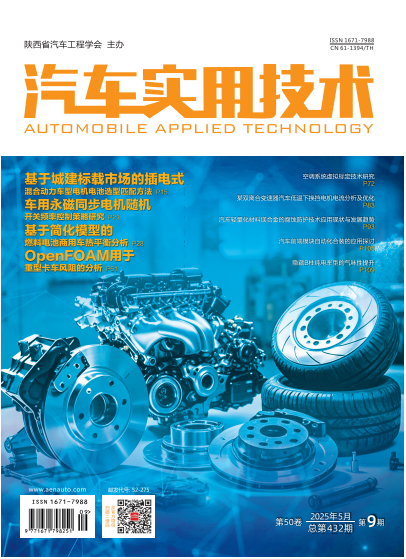|
|
Current Analysis and Optimization of Shifting Motor for a Dual-Clutch
Transmission Vehicle under Low Temperature
LIU Xiaogen, ZOU Hui, XIONG Bing, GUO Tongyuan, HAN Yue
2025, 50(9):
83-87.
DOI: 10.16638/j.cnki.1671-7988.2025.009.016
In view of the phenomenon of large shifting motor current in dual-clutch transmission
vehicles at low temperature, this paper analyzes that it occurs when changing the first gear according
to the problem condition. According to the use scenario, there are four working conditions when
changing the first gear. First, 2-1 shifting in the process of D gear deceleration, and the shifting
mechanism has the action of changing the first gear. Second, R gear (R gear+pre-mounted N gear)
decelerates to about 4 km/h and then changes D gear (1 gear+pre-mounted R gear), and the shifting
mechanism has the action of changing 1 gear. The third is R gear (R gear+pre-mounted N gear) slow
down and stop (R gear+pre-mounted 1 gear), and the shifting mechanism has pre-mounted 1 gear action. Fourth, D gear decelerates to about 3 km/h speed (2 gear+pre-hanging N gear), change R gear
(R+pre-hanging 1 gear), and the shifting mechanism has pre-hanging 1 gear action. According to the
real vehicle verification, the large motor current occurs in the fourth working condition. According to
the control logic of the dual-clutch transmission system, this paper limits the engine torque in a
suitable range by software calibration, which can effectively reduce the shifting motor current and
shift force. Finally, through risk assessment and real vehicle verification, the scheme can meet the
requirements of drivability.
References |
Related Articles |
Metrics
|

